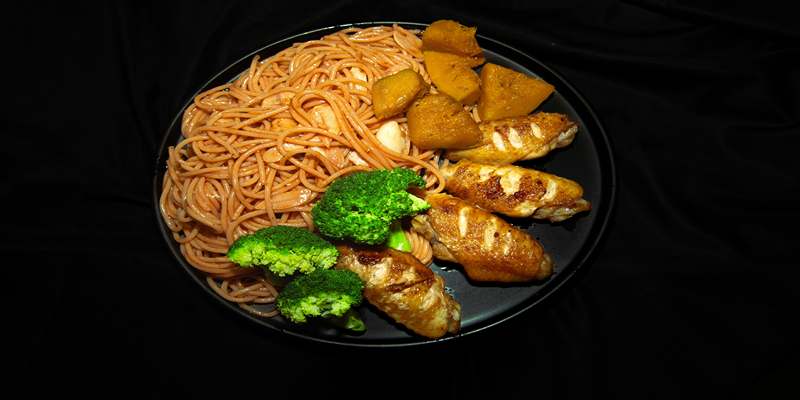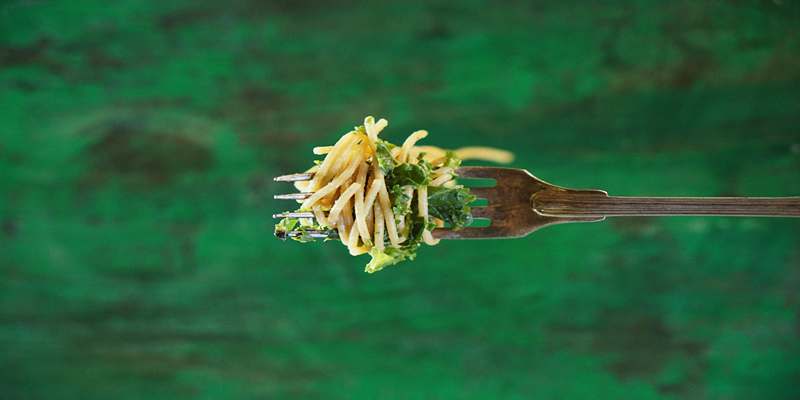Spaghetti squash is a very low calorie food with a mild and stringy texture making it a great pasta substitute. This type of yellow squash is in the gourd family and not only is it colorful but packed with nutrients that are good for the body. As the tendency toward healthier eating and cooking has risen, spaghetti squash has become a staple in kitchens all over the globe. In this article, the author will discuss the nutritional value of spaghetti squash, the health benefits that associated with this vegetable, and how to enjoy this healthy vegetable.

Nutritional Profile of Spaghetti Squash
Macronutrient Breakdown
As can be seen from the nutritional value, spaghetti squash is mainly a carbohydrate food and rich in energy. Due to the low calorie density the spaghetti squash is perfect for anyone who is on a diet but still wants to feel full after the meal.
Fiber content in spaghetti squash is very important in enhancing digestion health. In as much as spaghetti squash contains only 2grams of fiber per serving, it helps in the prevention of constipation. Fiber also aids in making one feel full hence useful in management of portion size and thus calories in take.
Vitamins and Minerals
Spaghetti squash contains essential vitamins and minerals that are essential for the body. Vitamin A, which is essential to good vision, skin, and immune health, is one of the most prominent nutrients in spaghetti squash. One cooked spaghetti squash contains about 1000IU of vitamin A, mainly in the form of beta-carotene which the human body converts into active vitamin A.
Besides vitamin A, spaghetti squash is rich in vitamin C which enhances the processes of the formation of collagen, and acts as an antioxidant and immune booster. One cup will contain about 3.7mg of vitamin C, which is a fraction of the recommended daily allowance.
Other minerals that are present in spaghetti squash include potassium which helps maintain normal blood pressure and healthy heart, and magnesium which is used in muscle and nerve function, regulation of blood sugar levels and energy production.
Health Benefits of Spaghetti Squash
Weight Management Support
Another advantage of spaghetti squash for a persons health is that it can contribute to weight loss efforts. Being low in calories and high in fiber it can be considered an appetite satisfying food that would help one feel full. Using spaghetti squash instead of high calorie pasta can help to reduce total calorie intake whilst not feeling hungry.
Furthermore, spaghetti squash is known to have very few carbs; perfect for people who are on a low carb or keto diet. Because spaghetti squash has fiber it will not cause a spike in blood sugar levels, so there will be no cravings and less hunger. As an example, by using spaghetti squash in preparation of meals, people will be able to have their meal that is rich in energy value, but not necessarily weighed down with extra calories that come with pasta.
Digestive Health Promotion
You will be surprised to know that fiber helps to increase the size of the stool and promotes frequent bowel movements and thus preventing constipation. High fiber diets reduce the probability of developing digestive diseases such as diverticulitis and colon cancer.
In addition, the high water content of spaghetti squash (about 90%) helps to hydrate besides enhancing digestive function. Water is vital to good digestion and can help avoid problems including constipation.
Antioxidant Properties
Spaghetti squash is also a good source of antioxidants, these decrease the amount of oxidative stress on the body. Oxidative stress is a state that results from excess free radicals and antioxidants that cause cell damage and are related to chronic diseases. Beta-carotene and vitamin C which are forms of antioxidants are present in spaghetti squash and are used to combat free radicals and inflammation in the human body.
It is recommended that people should take different colorful fruits and vegetables in their meals to ensure that they have taken different kinds of antioxidants.

How to Incorporate Spaghetti Squash into Your Diet
Cooking Methods and Preparation Tips
So how to cook spaghetti squash is the following: First, choose a spaghetti squash that is ripe but firm to touch. Start by slicing the squash in half horizontally, and then take out the seeds. In addition, you can bake spaghetti squash in the microwave. Put them on a microwave-safe plate, cut side down, with a little water to create steam, and microwave on high for 10 to 12 minutes, until tender. When cooked, pinch the strands out with a fork and pull them apart like spaghetti. Spaghetti squash can be consumed in many ways and is mostly used for sauces, stir-fry, or salad. It has a subtle taste, which makes it blend easily with other foods with which it is cooked and thus can be used in many recipes.
Recipe Ideas
As mentioned earlier, there are so many ways that you can prepare spaghetti squash in your diet. An example of these is spaghetti squash with marinara sauce. Once you have done this, serve the strands with a good marinara sauce and grated parmesan cheese for a delicious low carb dish that emulates pasta.
If you are more of an adventurous person, you may try making spaghetti squash pad Thai. Stir fry bell peppers, carrots and green onions in a pan, then add cooked spaghetti squash and mix it with pad Thai sauce made at home or from a jar. It is possible to add a bit of cooked shrimp or chicken to the dish to make it even more nutritious.
Conclusion
Spaghetti squash is a nutritious and delicious vegetable that offers a variety of health benefits. With its low-calorie content, rich fiber, and essential nutrients, it can support weight management, digestive health, and overall well-being. The versatility of spaghetti squash makes it an excellent alternative to traditional pasta, allowing for creative and satisfying meals. By incorporating spaghetti squash into your diet, you can enjoy its many benefits while enhancing your culinary experience. Embrace this healthy squash option and explore the numerous ways it can contribute to a balanced and nutritious diet.







